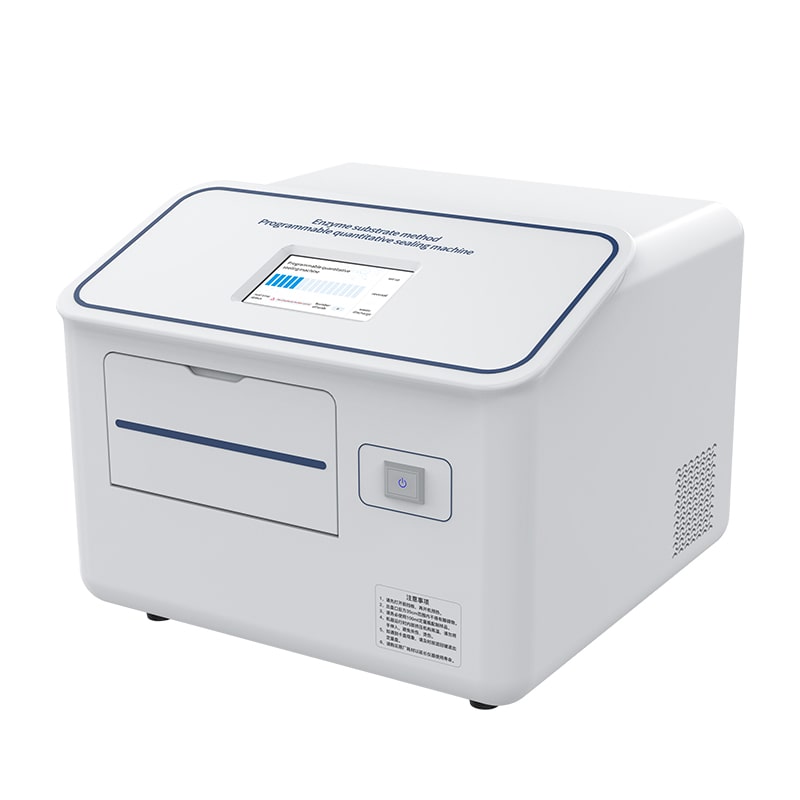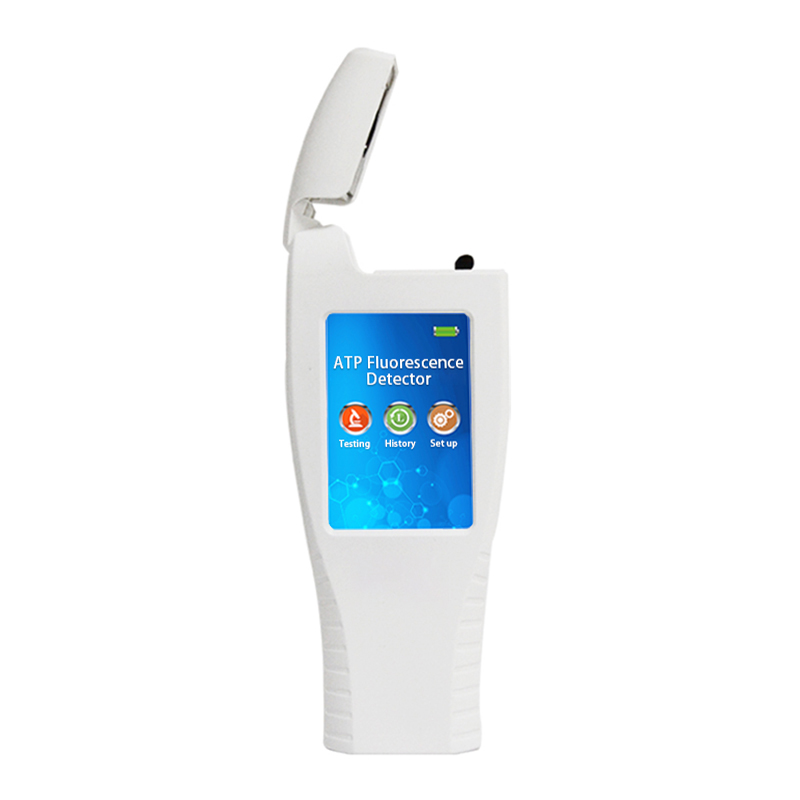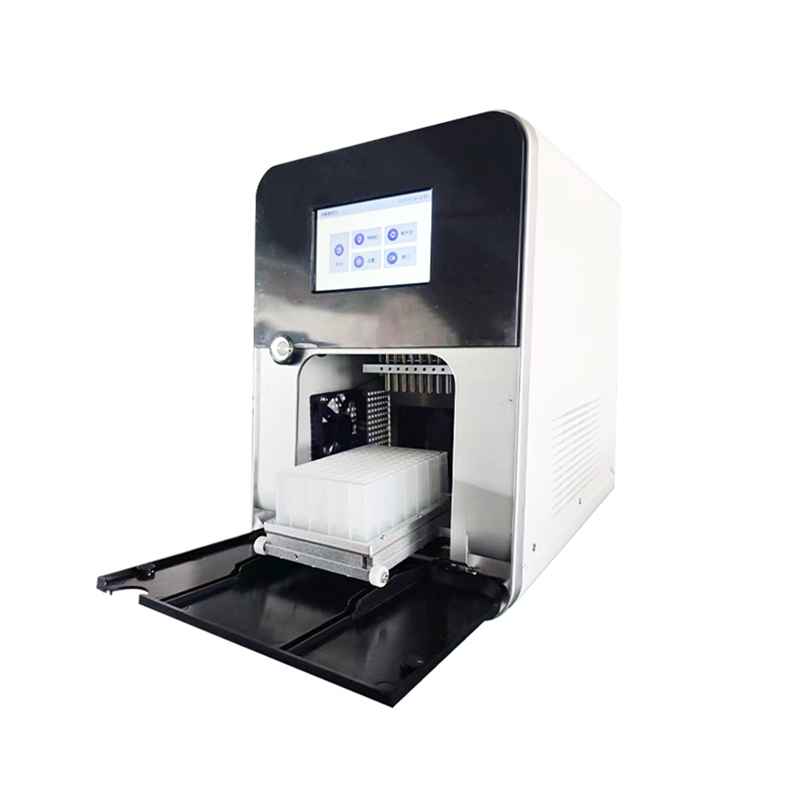The T96 qualitative gradient PCR instrument launched by Shandong Hengmei Electronic Technology Co., Ltd. integrates advanced semiconductor temperature control technology and intelligent operating system, with excellent temperature performance and user-friendly design features. We are committed to providing precise and reliable experimental tools for molecular biology researchers through professional gradient PCR instrument solutions, promoting the development and innovation of life science research.

Technical principle: How to achieve efficient optimization of gradient temperature control
The gradient PCR instrument is based on semiconductor thermoelectric cooling technology, and through a precise temperature gradient control system, stable and accurate temperature differences are formed between different columns of the sample module. The core technical principles are as follows:
Establishment of gradient temperature field
The instrument forms a linear temperature distribution in the transverse or longitudinal direction of the 96 well plate through multiple independently controlled semiconductor thermoelectric modules, with a gradient temperature range of 30-99.9 ℃.
Accurate temperature control
Adopting module/test tube dual temperature control mode, combined with evenly distributed multi-point temperature sensors, to ensure gradient temperature accuracy of ± 0.3 ℃ and temperature uniformity of ± 0.25 ℃.
Intelligent gradient calculation
Built in gradient calculator, which can automatically calculate and display temperature gradient distribution according to experimental needs, and monitor the actual temperature in each area in real time.
This design enables researchers to simultaneously evaluate multiple annealing temperatures in a single experiment, greatly improving experimental efficiency.
Technical advantage: Performance breakthrough brought by innovative design
temperature performance
Rapid temperature change: maximum heating rate of 4.5 ℃/s, maximum cooling rate of 4 ℃/s
Accurate temperature control: temperature accuracy ± 0.2 ℃, ensuring the reliability of experimental results
Eliminating edge effects: Unique semiconductor technology layout effectively eliminates edge effects in module thermal conduction
Intelligent operation experience
7-inch large screen display: 1024 × 600 high-resolution, real-time display of temperature curve and operating status
Flexible program settings: supports 30 step programs and 99 loops to meet complex experimental needs
Multiple temperature control modes: optional test tube temperature control mode and module temperature control mode, suitable for different experimental needs
User-friendly design
Elastic hot cover structure: Clever mechanical design ensures tight contact between sample tube and module
Adjustable heat cover temperature: adjustable within the range of 30-110 ℃, supporting switch control
Compact design: 270 × 360 × 165mm compact size, saving laboratory space
Industry pain points and solutions
Pain point one: The annealing temperature optimization process is tedious and time-consuming
Traditional method: requires multiple independent runs, consumes a lot of time and reagents
Solution: The gradient PCR instrument can test 12 different annealing temperatures in a single run, shortening the optimization cycle from days to hours
Pain point 2: Insufficient temperature accuracy leads to unreliable results
Traditional problem: poor temperature uniformity and significant edge effects
Solution: Using multiple refrigeration chips and sensors, temperature uniformity reaches ± 0.25 ℃, eliminating positional differences
Pain point three: Complex operation and steep learning curve
Traditional dilemma: cumbersome program settings, unfriendly interface
Solution: Intuitive touchscreen interface, pre-set program storage, support for real-time monitoring
The gradient PCR instrument has successfully solved the core problem of annealing temperature optimization in molecular biology research through innovative temperature gradient technology and precise temperature control system. Its efficient and precise characteristics not only significantly improve experimental efficiency, but also provide a reliable technical platform for fields such as gene detection, pathogen diagnosis, and gene expression analysis.
Article address:https://www.molecularbio.cn/news/63.html













